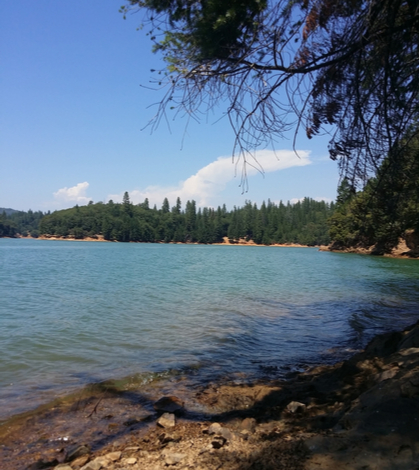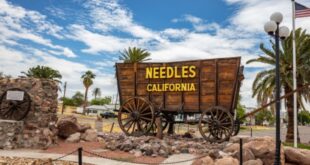The Board of Directors for the Nevada Irrigation District, based in Grass Valley, has approved the purchase of a new outlet valve and support structure to replace an aging outlet valve at Rollins Lake in Nevada County. The board’s decision comes on the heels of attempts to repair the existing valve which was unable to be opened fully.
According to NID, the outlet valve serves as a backup and is not used as part of normal operations. The district has likened the valve to a plug on the bottom of the bathtub used to drain the tub.
When NID needs to manage reservoir water levels, it does so through its power plant and a spillway “designed to pass the most severe flood that is reasonably possible based on meteorological and hydrologic conditions in the watershed,” said Keane Sommers, NID’s hydroelectric manager.
According to The Union newspaper, an annual maintenance inspection at Rollins Lake in Sept 2014 by the California Division of Safety of Dams (DSOD) found that “…NID was unable to fully open and close two of the dam’s outlet valves.” A subsequent inspection later that year by DSOD found one of the valves was working properly.
In spite of significant maintenance work on the second valve it was concluded that the valve should be replaced. A January DSOD inspection report stated the outlet valve “still cannot be fully operated” due to corrosion.
The new valve is currently being designed and manufactured with installation scheduled for the winter of 2018-2019. It will be built with stainless steel to reduce corrosion and will include modern controls and redundant operating systems to ensure the dam continues to be safe for years to come. Cost for the new system will be nearly $470,000.
The DSOD January report also indicated that the safety of the dam was not in question. According to the report, “From the known information and visual inspection, the dam, reservoir, and all appurtenances are judged safe for continued use.”
In addition to the dam at Rollins Lake, NID owns and operates 14 other dams under the jurisdiction of California Division of Safety of Dams and 13 under the authority of Federal Energy Regulatory Commission (FERC). Both DSOD and FERC conduct annual inspections of their dams while NID performs weekly and monthly inspections of its dams.
 California Water News Daily Your Source For Water News in California
California Water News Daily Your Source For Water News in California


